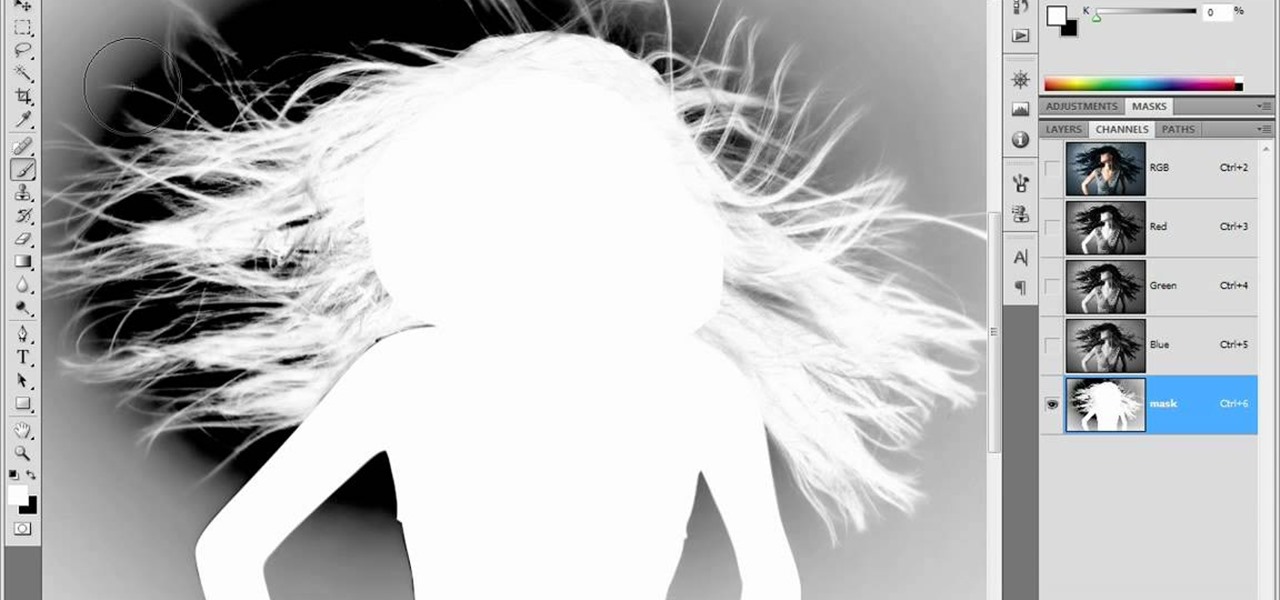Go to Apple Developer Downloads and login with an associated developer account Apple ID (no, it. How to measure Mac frame rates and enable HiDPI display modes on older models with Quartz Debug; Browserism review: quickly switch between browsers on Mac; These apps have been updated. Spotify's iPhone app gaining video content from BBC, Maker Studios and ESPN next week. Quarq power meters help cyclists achieve their cycling goals by measuring efforts. DZero DUB technology is compatible with SRAM 10 & 11 speed, Shimano, Specialized. The whole screen flashed yellow when tested under Quartz Debug, which prompted Davidson to tweak his code so that only a rectangle of yellow was shown as the circle moved - saving many processor.

For Developers > Coding Style > Cocoa Dos and Don'ts
|
The XQuartz project is an open-source effort to develop a version of the X.Org X Window System that runs on OS X. Together with supporting libraries and applications, it forms the X11.app that Apple shipped with OS X versions 10.5 through 10.7.
Frame Meter In Quartz Debug For Mac Os
Quick Download
| Download | Version | Released | Info |
|---|---|---|---|
| XQuartz-2.7.11.dmg | 2.7.11 | 2016-10-29 | For OS X 10.6.3 or later |
| X11-2.6.3.dmg | 2.6.3 | 2011-07-20 | For OS X 10.5.x (final Leopard release) |
Important Info for 10.5 Users
OS X Software Updates have included some of the work done by the XQuartz project, but for various reasons, Apple cannot ship the latest and greatest version offered by the XQuartz site. Since the XQuartz X11 package clobbers Apple's X11.app, their software update will clobber the XQuartz X11 package. Because of this, you may experience conflicts after doing a Software Update from Apple. Please re-install the latest XQuartz X11 release for Leopard after installing a system software update to OS X 10.5.x Leopard.
License Info


For Developers > Coding Style > Cocoa Dos and Don'ts
|
The XQuartz project is an open-source effort to develop a version of the X.Org X Window System that runs on OS X. Together with supporting libraries and applications, it forms the X11.app that Apple shipped with OS X versions 10.5 through 10.7.
Frame Meter In Quartz Debug For Mac Os
Quick Download
| Download | Version | Released | Info |
|---|---|---|---|
| XQuartz-2.7.11.dmg | 2.7.11 | 2016-10-29 | For OS X 10.6.3 or later |
| X11-2.6.3.dmg | 2.6.3 | 2011-07-20 | For OS X 10.5.x (final Leopard release) |
Important Info for 10.5 Users
OS X Software Updates have included some of the work done by the XQuartz project, but for various reasons, Apple cannot ship the latest and greatest version offered by the XQuartz site. Since the XQuartz X11 package clobbers Apple's X11.app, their software update will clobber the XQuartz X11 package. Because of this, you may experience conflicts after doing a Software Update from Apple. Please re-install the latest XQuartz X11 release for Leopard after installing a system software update to OS X 10.5.x Leopard.
License Info
Frame Meter In Quartz Debug For Macbook Pro
An XQuartz installation consists of many individual pieces of software which have various licenses. The X.Org software components' licenses are discussed on theX.Org Foundation Licenses page.The quartz-wm window manager included with the XQuartz distribution uses the Apple Public Source License Version 2.
